With Israeli society more polarized than ever, a staunchly right-wing government is only more likely to exacerbate these divisions. Gilead Sher and Olivia Holt-Ivry discuss the elections in Israel.
Projecting elections is a risky task, even more so in Israel. At the end of the dramatic 1996 Election Day, the public went to bed with expectations of Shimon Peres as the next prime minister, only to awaken the following morning to Binyamin Netanyahu having won by a slim 30,000 votes. Beating all political commentators, politicians and analysts, the outcome of those elections — held after the traumatic assassination of Prime Minister Yitzhak Rabin — should be a lesson in humility when predicting developments in the Israeli political arena. Consequently, the following is a guide for perplexed observers, rather than a projection of the general elections’ results.
The Israeli Political Map
As a nation, Israelis do not agree on much. Today, however, there is a prevailing view that proves the exception: the seeming inevitability of incumbent Prime Minister Netanyahu’s victory in the January 22 general elections. Jockeying abounds as more than 30 parties swipe one another’s votes while fiercely protecting their own. But Netanyahu and Foreign Minister Avigdor Lieberman’s joint Likud-Beitenu ticket remains firmly in the lead with a projected 32-plus Knesset seats, according to the most recent polls.
Given the Knesset’s 120 seats and the 61 seat majority required for a governing coalition, Likud-Beitenu’s 32 seats may seem but a small slice of the pie. Yet in Israel’s proportional representation electoral system — perhaps one of the purest in the world — no single party has ever won a majority. Given the diversity of Jewish immigration in the early days of the state, the First Zionist Congress sought to ensure the representation of all minorities by establishing a single, nationwide electoral district and a remarkably low electoral threshold of 1% (later raised to 2%). In other words, a party needs the support of a mere 2% of all of Israel’s votes to win entry into the Knesset. Minority parties thus flourish, and after each election, whichever party leader is asked to form a government by the president must cobble together a governing coalition from the various parties.
In 1999, Ehud Barak who had the upper hand over Netanyahu, had to establish a 7-party coalition, embodying in his Labor-led government the rightist National Religious Party (Mafdal) and the leftist Meretz. By hinging their participation on the reception of coveted ministerial posts or budget handouts for constituents, leaders of smaller parties often force their narrow interests on the wider coalition. Thus, throughout the term of the government, the national interests often callously succumb to sectorial ones. The resulting governments are unstable, with factitious politics and frequent non-confidence votes toppling coalition after coalition. As the 18th Knesset now concludes its term, only two governments of the 32 that have come to power since Israel’s founding sixty-four years ago have completed their full four-year terms.
Of the more than 30 parties on today’s electoral scene, many are unlikely to pass the threshold, including the newly formed far right-wing, staunchly pro-settler party Otzma Leyisrael (Strength for Israel), Chaim Amsellem’s relatively moderate Ultra-Orthodox party Am Shalem (Entire Nation), and more than a few others. Shaul Mofaz’s now 28 MK-strong centrist Kadima (Forward) party has only recently emerged as possibly passing the threshold. The remaining 14 parties are split between what is commonly termed the “center-left bloc” and the “right bloc.”
Labor, the historic and dominant party of Israel’s center-left, including former prime ministers David Ben Gurion, Levi Eshkol, Golda Meir, Yitzhak Rabin, Shimon Peres, and Ehud Barak, is now the frontrunner of the bloc with 16-17 projected seats under its new leadership: former journalist Shelly Yechimovitz. Trailing not far behind is Yesh Atid (There is a Future), led by columnist and former Channel 2 anchorman Yair Lapid, and with a projected 11-13 seats. While these two parties campaign as the self-anointed champions of the massive 2011 social protests, political veteran and former foreign minister Tzipi Livni has returned to the scene to campaign chiefly on the need for peace talks with the Palestinians. Unseated by Shaul Mofaz in the last primaries for her former party, Kadima, Livni briefly retired from politics before reemerging shortly before the party registration deadline with her newly formed Hatnu’ah (The Movement) party. She is currently projected to win 8-9 seats.
The Palestinians
Despite the rather leftist agendas of Yechimovitz, Lapid and Livni, a hallmark of this election campaign has been the parties’ determined attempts to paint themselves as more centrist. The reason being a beaten, battered, and alienated center-left camp. After the failure of the 2000 Camp David Permanent Status peace talks with the Palestinians, the protracted Palestinian anti-Israel terror and violence in the subsequent second Intifada, Hamas’ takeover of Gaza following the full Israeli withdrawal in 2005, Mahmoud Abbas’ failure to respond to former Prime Minister Olmert’s generous offer for an end of conflict and the establishment of a Palestinian state in 2008, the right’s narrative — namely, that when it comes to the Palestinians, inaction is the best action — has widely strengthened. The “left” has become equated with “idealism” and “naiveté,” leading the bloc’s major parties to either eschew diplomatic and Palestinian issues entirely or balance their party lists with more centrist candidates.
Twelve years ago, former US President Bill Clinton re-defined the formulae of “land for Peace” and suggested a framework for resolving the core Palestinian-Israeli contentious issues: territory and settlements, Jerusalem and the Old City, the refugees and security. Theoretically, the fundamental contours of the end game for the Israeli-Palestinian conflict is known, and its parameters might still be within reach. But in light of the mistrust between the parties and the upheaval across the Arab world, the way to getting there is definitely unclear. It is clear though that a third party, preferably US-led, is absolutely indispensable for moving ahead, and that the spoilers should be addressed adequately.
In the past decade, the Palestinians did not respond to the two major comprehensive peace proposals made respectively by Prime Ministers Barak (2000) and Olmert (2008). It might be the time for more modest objectives than a permanent status agreement that ends the conflict. Attaining partial, interim or phased agreements is as good as it may get in the foreseeable future. The two-state solution is imperative from Israel’s perspective: it is the only way to secure the Zionist vision of a democratic and Jewish national state. The issue is, however, pushed intentionally aside by all parties.
Pushing Yechimovitz and Lapid even further away from foreign policy and national security issues is their acknowledged lack of credentials in this arena. Yet it is the very absence of a rival national security figure on the scene that drives many voters into Netanyahu’s camp. As the annual “Peace Index” poll by the Israel Democracy Institute shows, 53% of the Jewish public chose Netanyahu as the candidate best suited to deal with political-security issues, with Livni at 19%, Yechimovitz at 14%, and Lapid trailing behind at 8%. Yet a 60%-plus majority of the Jewish public supports a two-state solution, even as 55% define themselves as right-wing in this area. Many of Israel’s youth and lower classes have become apathetic towards political-security issues altogether, overwhelmed by the skyrocketing prices of apartments, costs of living, and burdensome taxes.
Now, by wasting what little political capital they have left on virulent infighting and horse-trading, Labor, Yesh Atid, and Hatnu’ah have less than a day left to convince the growing number of apathetic Israeli voters to leave their homes on election day. To do so requires a careful balancing act between their center-left support base and the center-right voters they hope to siphon off from Likud-Beitenu. Yair Lapid has straddled this line by indicating his desire to join the Netanyahu coalition (so long as it excludes either the ultra-Orthodox or Naftali Bennett’s Habayit Hayeudi party, he alleges), while Yechimovitz, seeking to shore up the votes that she was losing from the left, has committed herself to the opposition. Livni remains uncommitted to either. The remaining parties of the bloc, including the further left Meretz, the joint Jewish-Arab party Hadash, the Arab nationalist party Balad, and the joint ticket of United Arab List-Ta’Al are projected to receive about 4-6 seats each. They reject joining any Netanyahu coalition about as firmly as any Netanyahu coalition would reject them.
Buoying up the right is not only the failures of the center-left, but also the instability in the region. By sticking to his strictly security-related agenda — the Iranian nuclear program and Syria’s revolution at the forefront — Netanyahu is banking on his own experience in national security, as well as the public’s mistrust of his rivals. His merger with the outspoken, far-right, and secular Lieberman (on the advice of the much touted American political strategist Arthur Finkelstein) seems to have been a misstep, given that it has alienated many of Likud’s more moderate and religious supporters. The united Likud-Beitenu is now polling at projected 32-plus seats instead of Finkelstein’s predicted 45. Nonetheless, Netanyahu’s probable victory is widely acknowledged, largely due to the mere absence of a strong competitor.
Naftali Bennett and Habayit Hayeudi
Thus far, Netanyahu’s only real challenge has been the rapid ascent of Naftali Bennett, a successful high-tech businessman and former chief of staff to Netanyahu, who recently took the helm of the right-wing party, Habayit Hayeudi. His youth, modernity, and charisma have re-energized his party, formally known as the National Religious Party. With his feel-good rhetoric on ending corruption, bridging the gap between the Israeli religious and secular, and returning Israel to traditional Jewish values, Bennett has ingratiated himself with the more mainstream elements of Israeli society. Yet his staunchly pro-settler stance and calls to annex most of the West Bank have stolen away much of Likud’s support in the more ideological settlements, which have harbored a deep mistrust of Netanyahu and Likud since 1982-Begin’s and 2005-Sharon’s evacuation of settlements in the Sinai and Gaza, respectively. Bennett has challenged many of Netanyahu’s right-wing credentials, forcing him to step up his rhetoric on the settlements and Israel’s defiance of the international community. Running together with Habayit Hayeudi is National Union, a union of the small, radical right parties Moledet, Hatikva, and Tkuma. Together, the joint-ticket is expected to win 12-14 seats; at least quadruple the number of seats that Habayit Hayeudi currently holds.
The third-leg of the right bloc is the ultra-Orthodox parties. Split between United Torah Judaism (UTJ), the non-hierarchical party of the Haredi Ashkenazi and Shas, the champion of religiously observant Sephardic and Mizrahi Jews, these parties are both non-Zionist, focusing primarily on sectorial education, funds and social welfare for their constituents. Shas has sat in both left and right wing governments over the years, though the views of the party’s spiritual leader, Rabbi Ovadia Yossef, have since drifted to the right. In coalition negotiations, both parties often demand budget handouts and the ministerial posts most valuable to their agendas (domestic affairs, healthcare and housing). UTJ is now polling at around 5-6 seats, but Shas, with its typical 10-12 seats, often serves as a coalition maker or breaker. Both sat in Netanyahu’s 1996 and 2009 coalitions and are likely coalition partners in his next, so long as Netanyahu either avoids legislation on drafting Haredim into the IDF or can strike an agreement on the issue in negotiations with the parties.
Between the Likud-Beitenu-ultra-Orthodox bloc, Netanyahu should be able to secure around 50 seats. If he can convince Lapid to sit in a government alongside the ultra-Orthodox parties, Netanyahu might opt to include Lapid in a more centrist government. Alternatively, he may form a more right-wing coalition by including Bennett’s Habayit Hayehudi, a possibility which he has already indicated publicly. A third possibility is the co-option of Livni and Hatnu’ah; yet bad blood between the two and the demonization of Livni in right-wing circles makes this scenario less likely.
With Israeli society more polarized than ever, divided along left-right, religious-secular, socialist-capitalist, and non-Zionist-Zionist lines, a staunchly right-wing government is only more likely to exacerbate these divisions. Yet given Netanyahu’s clear preference for stable, quiescent coalitions, the latter may be right up his alley. That is, of course, subject to him and no other candidate being assigned by the president to establish the next government in Israel, a 42-day task.
The views expressed in this article are the author’s own and do not necessarily reflect Fair Observer’s editorial policy.
Support Fair Observer
We rely on your support for our independence, diversity and quality.
For more than 10 years, Fair Observer has been free, fair and independent. No billionaire owns us, no advertisers control us. We are a reader-supported nonprofit. Unlike many other publications, we keep our content free for readers regardless of where they live or whether they can afford to pay. We have no paywalls and no ads.
In the post-truth era of fake news, echo chambers and filter bubbles, we publish a plurality of perspectives from around the world. Anyone can publish with us, but everyone goes through a rigorous editorial process. So, you get fact-checked, well-reasoned content instead of noise.
We publish 2,500+ voices from 90+ countries. We also conduct education and training programs
on subjects ranging from digital media and journalism to writing and critical thinking. This
doesn’t come cheap. Servers, editors, trainers and web developers cost
money.
Please consider supporting us on a regular basis as a recurring donor or a
sustaining member.
Will you support FO’s journalism?
We rely on your support for our independence, diversity and quality.


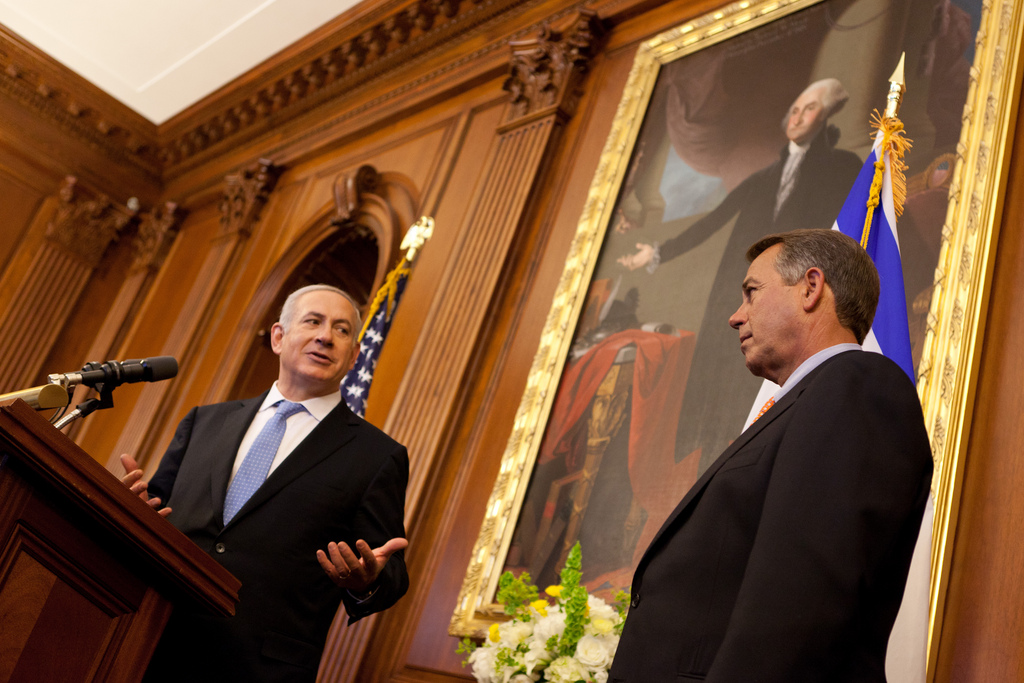
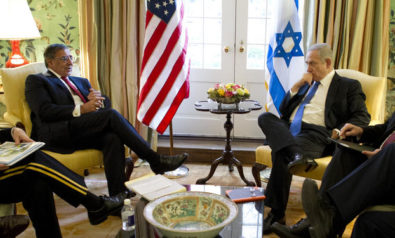
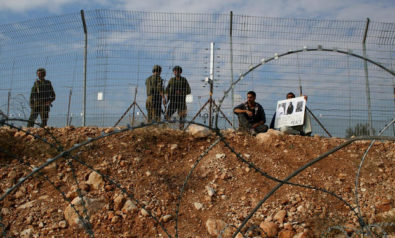
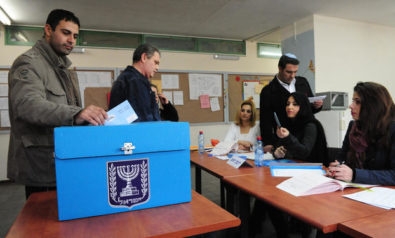
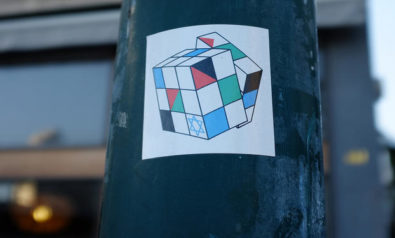
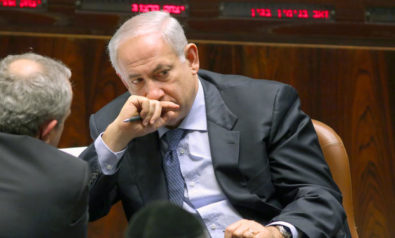
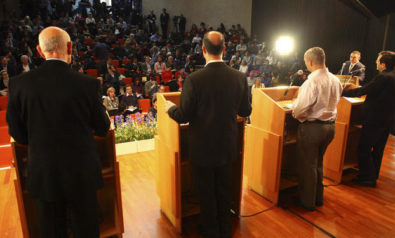
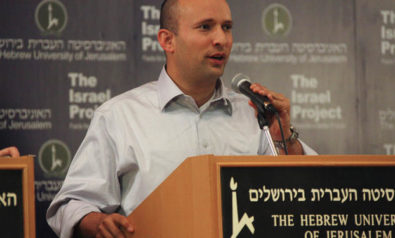
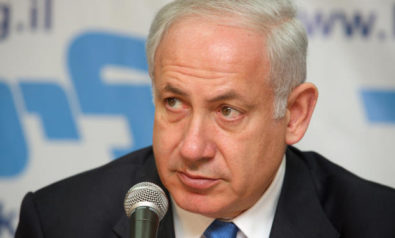

Comment